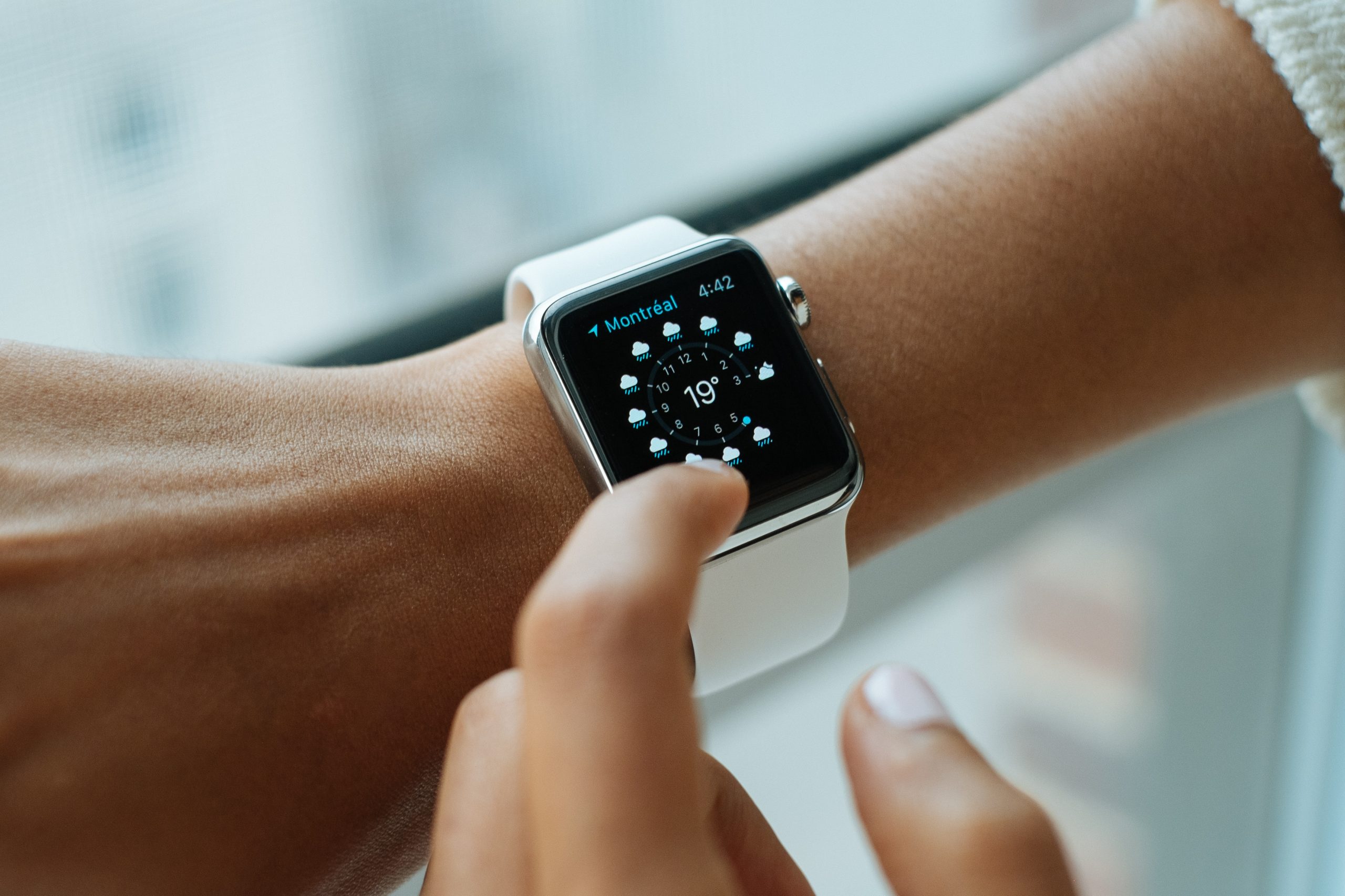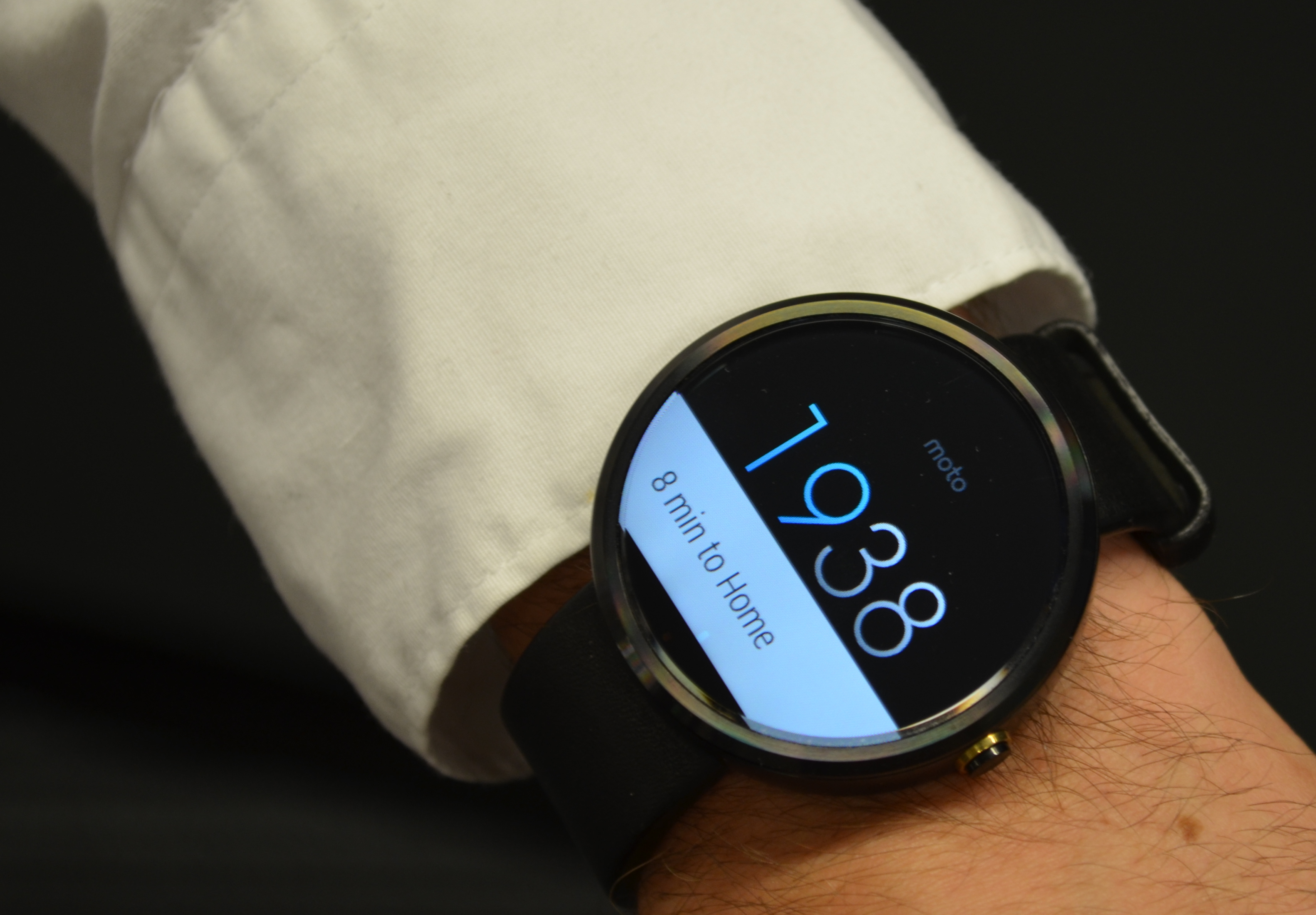Wearable Tech And The Future Of Advertising

Wearable technology is quickly becoming a part of everyday life for hundreds of millions of people. Smartwatches, VR headsets (Virtual Reality) and glasses like Snapchat Spectacles are starting to gain traction.
All of these platforms offer new opportunities for advertisers and at a scale potentially larger than even smartphones. Tying into my last blog on IoT, wearables can provide a valuable new source of data for marketers to analyze and act on. And, they provide another medium for interacting with consumers. People like timely helpful interactions, wearable technology can help with this due to the fact that it is almost always on and right in front of the user. A smartwatch is much easier for the user to glance at than a phone, which may be in their pocket or on silent.
 A Moto360 smartwatch with an automatic notification showing navigation to your home.
A Moto360 smartwatch with an automatic notification showing navigation to your home.
In Practice
Say you are in a mall walking past various stores. When you walk past a store you previously shopped at, your smartwatch gives you a notification offering a 10% off coupon. Or, inside a store you can tap your watch to learn more about a product and potentially get a discount. There are so many ways to use wearable technology to interact with consumers, but scenarios like these two could be the future of digital marketing entering the physical world.
Also think of Google Glass, smart glasses with a display right in front of the user’s eye. I think it is extremely likely that wearable glasses of some sort will catch on in the future for business uses like surgery and technical work.
Another development that may not be thought of a traditional wearable is VR. However, VR is very much a wearable although clearly different from something like a smartwatch. VR provides for a much more immersive experience, however it isn’t an always worn device like a watch, it is more like a computer in how it is used. That doesn’t mean it isn’t a very powerful marketing tool though, as many companies have created VR experiences. The powerful thing here is that these VR experiences are advertisements, yet people actively want to experience and participate in them. For example, Coca-Cola created a virtual Santa’s sleigh ride for the Oculus Rift, and brought the technology to Poland. Many people there who had never experienced VR loved and enjoyed the experience, even though it was advertising!
 A woman wearing a VR headset to play a game outdoors.
A woman wearing a VR headset to play a game outdoors.
Challenges
Compared to IoT, privacy is not as big of a concern for the average person here, as they already bought this technology with the expectation of giving it data. With wearable technologies, the number one thing is access to this data. Companies like Google and Fitbit control the data on their devices, since they run the software on them. For other marketers, getting access to all of the data collected from a wearable is difficult if not impossible. These companies aren’t going to just give up everything, because one they want to keep it for themselves and two it looks bad to users to be giving out personal data. Google has traditionally been somewhat friendly to marketers, but who knows what will come to the wearables space. This will be important how this plays out, as the degree of usefulness of marketing on these devices will depend on how much access is granted. Despite this, I think the future for wearable technology looks bright, as it gives marketers more mediums of interaction and user adoption will continue to soar.

